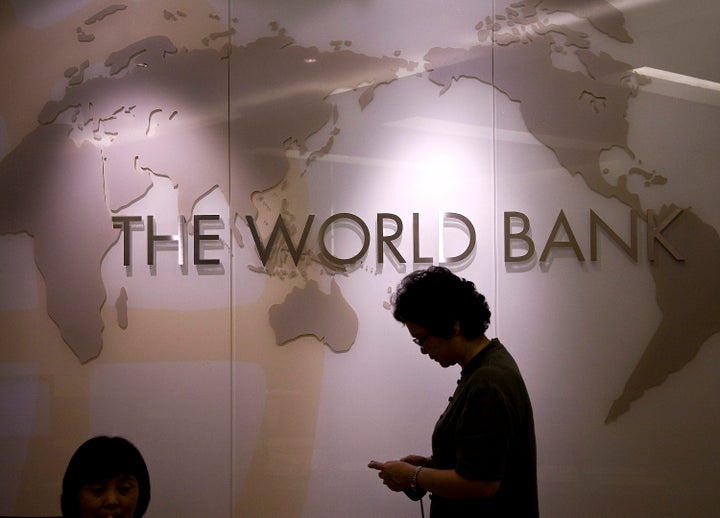
The global economic crisis uncovered many of the vulnerabilities of an increasingly integrated world. So much so, that even though we are now well on the path to recovery, many questions persist regarding the future risks of economic integration and openness.
There are reasons for a broad reassessment of economic integration. A crisis that started in the industrial world suddenly spread to developing countries that had nothing to do with the casino-like financial practices taking place in the world's financial centers. Spreading rapidly through financial and trade channels, the crisis brought about a sudden collapse of capital flows and a freeze in trade credit lines. The blow was so severe that the world experienced the largest drop in global trade volumes since World War II, with world trade of goods falling by 23 percent in 2009.
Now trade is growing again. In 2010, trade volumes increased robustly by 20 percent. But this doesn't mean we can just put all the drama behind us and move on as if nothing happened. On the contrary, it is now time for countries to learn lessons from the crisis, and make sure they are in better shape to counteract external shocks in the future.
Globalization and economic integration do create vulnerabilities. But not all open economies are equally exposed. As a new World Bank study shows, openness is not the whole problem; rather, troubles ensue when exports are concentrated in very few products and markets. As Managing Openness: Trade and Outward-Oriented Growth after the Crisis indicates, export diversification reduces the vulnerability of countries to global shocks by moderating the impacts of market volatility. In light of the recent financial crisis, while openness appears to reduce volatility in diversified economies, the opposite is true in poorly diversified ones.
And when we talk of diversification, it's not only diversification of products but also of markets. The greater variety of products a country can export, to a greater array of clients, the less vulnerable it will be to external shocks.
To some degree, export diversification is already under way, especially thanks to the rise of trade between developing countries themselves -- what we call South-South trade. Especially significant is the increasing integration of countries with large domestic markets into the global economy, as is the case of Brazil, Russia, India and China. Yet much more can be done, especially in low-income countries, which tend to be overly dependent on natural resource exports.
One way to strengthen diversification is through trade facilitation, which encompasses investments for better infrastructure in ports and transport corridors, as well as lowering the costs of trade by simplifying red tape and decreasing the time it takes for shipments to go through customs. An example of this kind of work is the East Africa Trade and Transport Facilitation Project, supported by the World Bank, which has reduced border crossing times between Uganda and Kenya from three days to just three hours.
So yes, trade integration and openness bring risks. But not taking risks at all -- like an ostrich with its head in the sand -- is not the way forward. If you want your economy to grow and prosper, then you better not duck down, you better diversify.
This blog was originally posted on the World Bank Institute Growth and Crisis website
